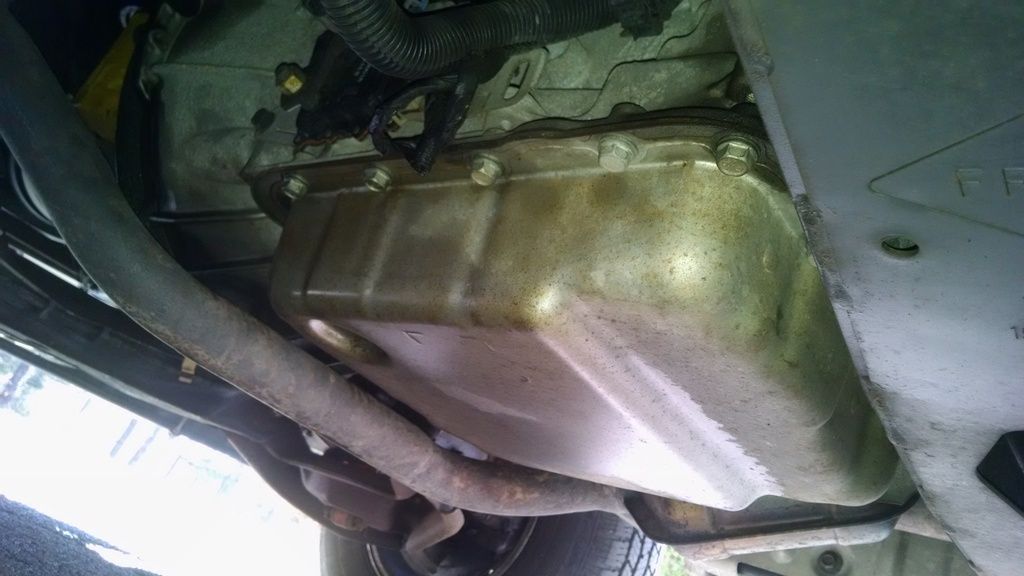One thing that has always baffled me is checking the level on an automatic transmission. It seems I can never get it right. Or when I check the level, it seems to vary for some reason. It might show there is the right enough one time and too much the other.
On about everything automatic I've ever seen it says to put the engine is park, idling when hot and check the level.
The Haynes manual says my Chevy van holds 7.7 quarts. Is that after replacing the filter or the total amount (transmission + torque converter)?
I added 6 quarts then let the engine get hot then checked the level. According to the dipstick, I have about 1 to 2 quarts more than what should be in the transmission. My plan is to put about 500 miles on it and dump it anyway.
If I'm supposed to add almost 8 quarts, then why is the dipstick showing I've added too much with only 6 quarts?
Another question. If I change the filter then add maybe 2 quarts to start with, then start the engine and let it get hot, as long as I leave it in park and don't shift between drive and park, is this OK (won't damage the transmission). Then after the vehicle get's warm, check the level then add a quart, recheck, then add another quart until the level shows between the hash marks?
Is that the correct way to do it?
On about everything automatic I've ever seen it says to put the engine is park, idling when hot and check the level.
The Haynes manual says my Chevy van holds 7.7 quarts. Is that after replacing the filter or the total amount (transmission + torque converter)?
I added 6 quarts then let the engine get hot then checked the level. According to the dipstick, I have about 1 to 2 quarts more than what should be in the transmission. My plan is to put about 500 miles on it and dump it anyway.
If I'm supposed to add almost 8 quarts, then why is the dipstick showing I've added too much with only 6 quarts?
Another question. If I change the filter then add maybe 2 quarts to start with, then start the engine and let it get hot, as long as I leave it in park and don't shift between drive and park, is this OK (won't damage the transmission). Then after the vehicle get's warm, check the level then add a quart, recheck, then add another quart until the level shows between the hash marks?
Is that the correct way to do it?



